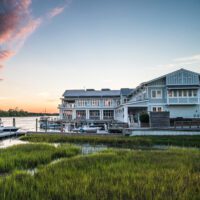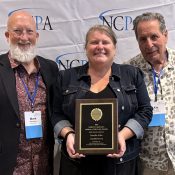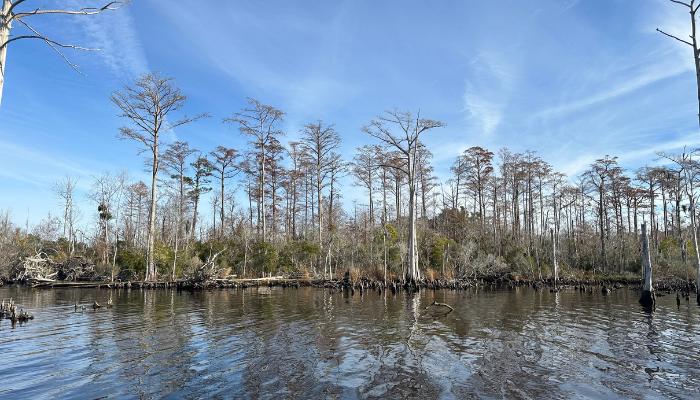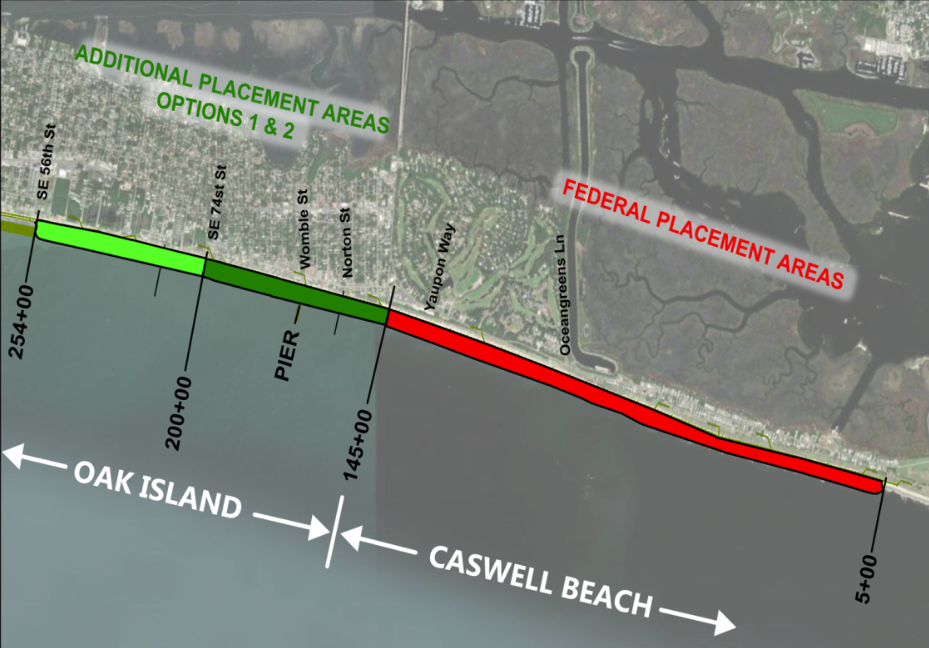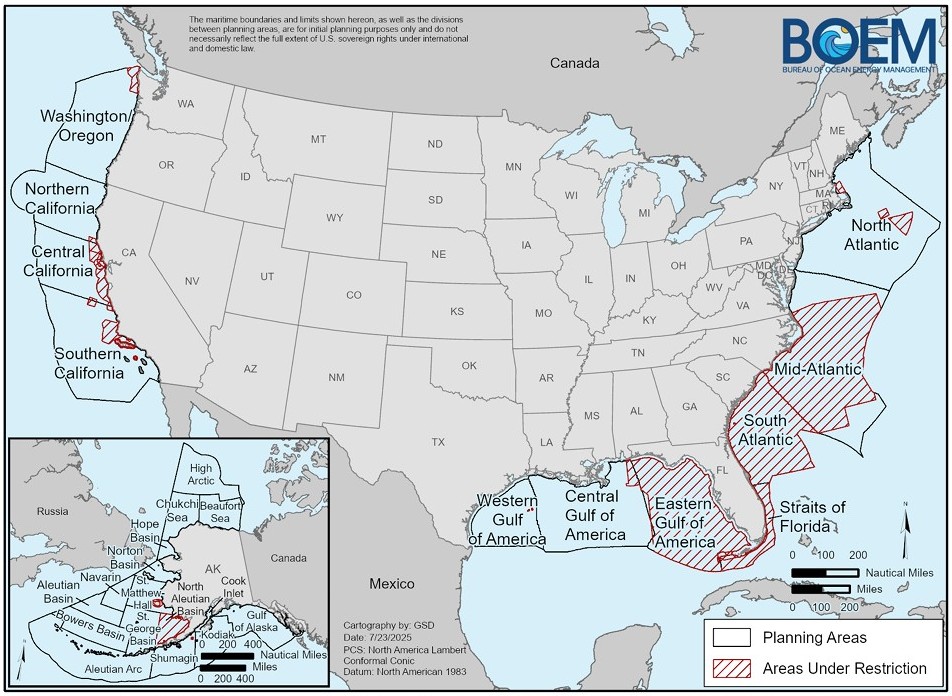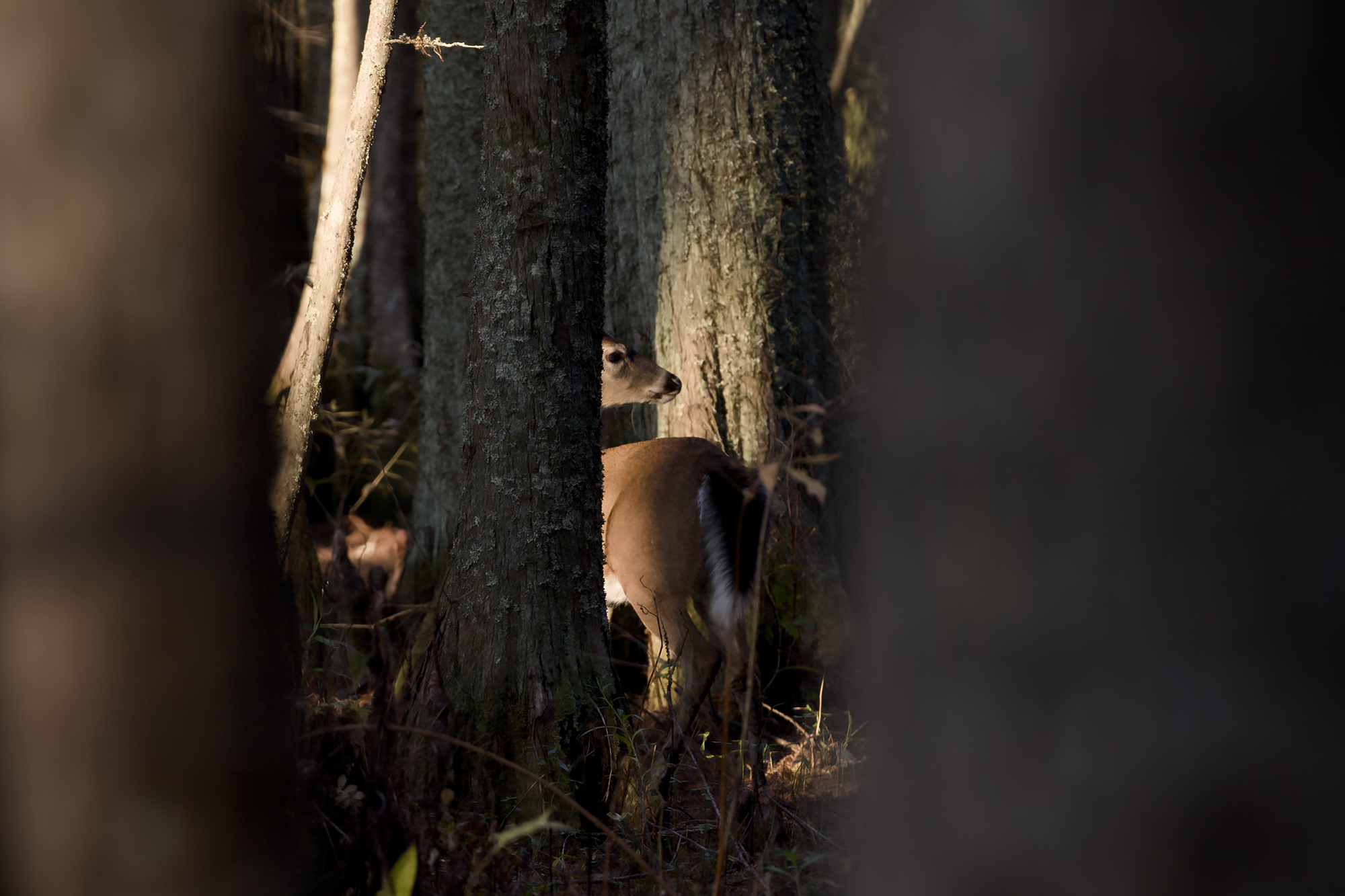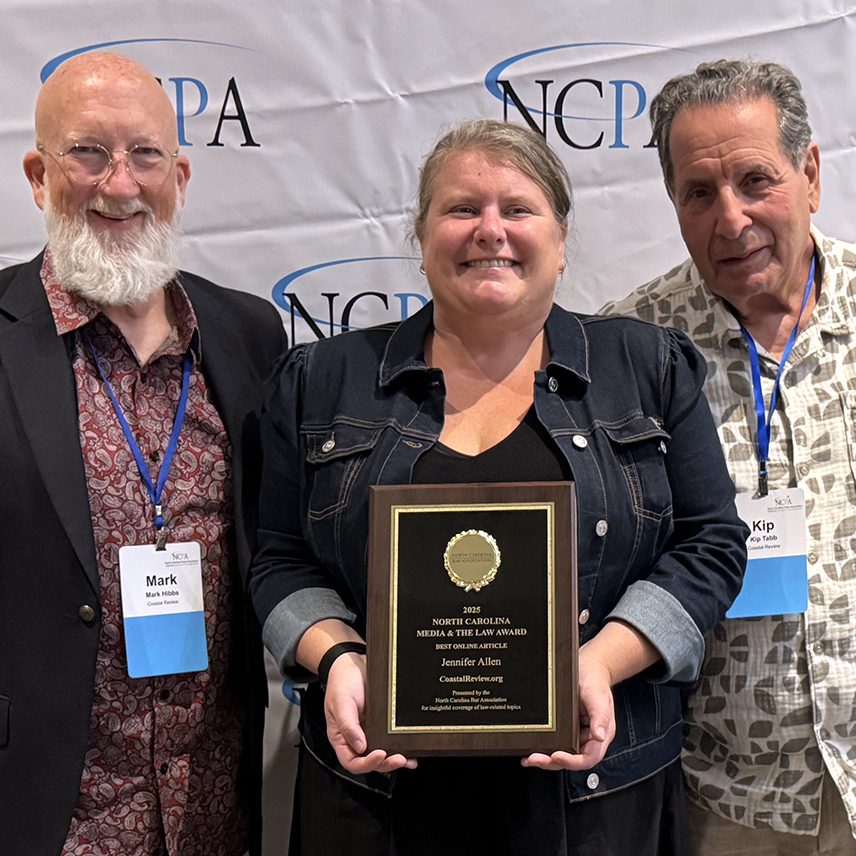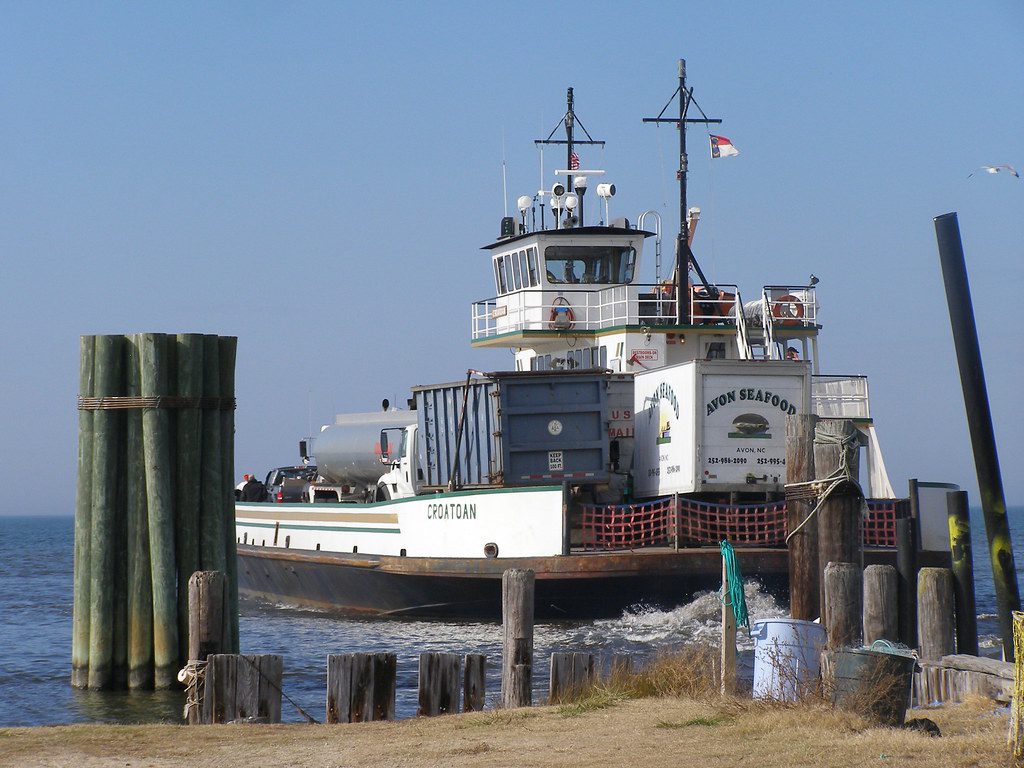
Reprinted from the Island Free Press
After wrestling for years to secure timely maintenance of the Rodanthe-Stumpy Point emergency ferry channel for Hatteras Island, the Dare County Waterways Commission decided Monday that the best solution would be for the county to secure the permits to have its local dredge do the work.
Supporter Spotlight
The commission had agreed last month to request modification of the U.S. Army Corps of Engineers’ permit that would allow mechanical dredging of a troublesome area in Rodanthe Harbor. But after recent discussions with the Corps, Ken Willson, the county’s consultant with Wilmington-based Coastal Protection Engineering, said that in considering all the factors, it made sense for the county to explore permitting for dredging the channel to 12 feet and working as needed year-round.
“The idea for going deeper is basically to allow the Miss Katie (the county vessel) to do maintenance dredging,” Willson, speaking remotely, told commissioners at its July meeting in Manteo.
As Willson explained, the Corps is authorized to dredge “6 feet plus 2” feet deep with a pipeline dredge, but it cannot dredge in the warm months during turtle nesting season.
The permit would have to be modified to allow mechanical dredging with a bucket-and-barge, but that application would cost about $100,000 and take many months to complete. And the Corps can’t even promise that the environmental assessment would be modified.
In exploring an alternative approach, Willson said that it would cost an estimated $122,000 and take about a year to do vibracore sampling and obtain permits for the Miss Katie, not including submerged aquatic vegetation or shellfish surveys that may be required, which could increase total costs to about $150,000. Typically, the state would pay 75% of the cost of the assessment, with the county picking up the remainder.
Supporter Spotlight
The commission unanimously approved a motion requesting the Dare County Board of Commissioners to pursue permitting the Miss Katie to maintain the emergency ferry channel.
Commission administrator Barton Grover said that the county would seek to permit hopper and pipeline dredging, as well as bucket-and-barge, so all bases would be covered.
“The good will” the community would feel knowing that the channel was accessible, Waterways Commission Chair Steve “Creature” Coulter noted, “is worth every penny.”
Catherine “Cat” Peele, with the N.C. Department of Transportation Ferry Division, told commissioners in an earlier remote discussion during the meeting that recent test runs in the channel showed that it remains navigable, with about 6 feet of water still on the Rodanthe end where the shoaling had been an issue. Last September, Dare County paid about $100,000 to have a bucket-and-barge remove about 600 cubic yards of sand from a small area in the basin.
The Ferry Division is planning to dredge its portion of the channel in Stumpy Point in November, she added. The Corps is responsible for dredging the remainder of the channel, which was created in 2009 to provide emergency access to and from Hatteras Island when N.C. Highway 12 becomes impassable.
Also, Willson discussed a recommendation for the commission to consider extending the area for a planned cultural resource survey that is required as part of the recently approved EA that included the Hatteras Inlet bar.
The original box to be surveyed was slated to cost $87,000, he said. An extension to the east would tack on another $27,000. But then a northwest segment on the west side of that buffer is continuing to slowly migrate to the north, he added, so it would probably be worth surveying another 1,000 feet to the north, which would add one more day of work.
The thinking is that it’s cheaper to look ahead to make sure that the area that may be dredged is already covered by the cultural survey, Grover explained in a later interview.
“While they’re already there doing cultural resource surveys at the bar, we’re going to go ahead and get the Connector Channel surveyed,” he said. “Because, like Ken said, it’s a lot of mobilization costs … But once you have that contractor up here, it’s only an extra $10- $20,000 for them to do additional areas, whereas if you’re going to bring them up just for that one additional area would be like $50,000. So that’s why we’re thinking ‘Okay, while we’re up here, where do y’all think the channel may move in the future?’”
Grover said the board of commissioners will also be asked at its August meeting to approve the extended survey work.
In another matter, a question was resolved about whether it was a waste of time to include Barney Slough South in the Rollinson Channel and Silver Lake maintenance dredging project the Corps is planning for the fall. Other channels included in the project were Sloop North, the Hatteras Ferry Channel, and the Hatteras Connecting Channel. Last month, Coulter pointed out to Ronnie Smith with the Corps that the ferries don’t use Barney or the Ferry channels.
Peele, with the Ferry Division, reiterated to the Waterway Commission that the Ferry Division considers that Barney Slough was not worth dredging, and had communicated that in a recent meeting with the Corps.
“We told them even if you clean it out, it’s going to fill right in,” Peele said.
But after Monday’s meeting, Grover said that the Corps informed him that it has decided it will not dredge Barney Slough or the Hatteras Ferry Channel after all. Instead, in addition to Sloop Channel North, they will dredge the Hatteras Connecting Channel and Rollinson Channel.
“They are reconfiguring their proposed channels to be dredged,” Grover said, adding that the Corps will now maintain the route that the Ferry Division had requested. “And that is the one that vehicular ferries have been using for several months now. That’s the one the passenger ferry always has used.
“So that’ll be good for the Ferry Division. And it’s good for the charter fishing fleet, because there is some shoaling when you leave the breakwater.”
This story is provided courtesy of the Island Free Press, a digital newspaper covering Hatteras and Ocracoke islands. Coastal Review partners with the Free Press to provide readers with more environmental and lifestyle stories of interest along our coast.

